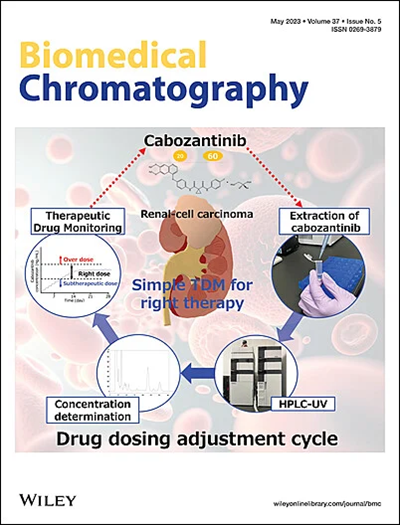Quantitative Comparison of Different Parts of Tribulus terrestris L. at Different Harvest Times and Comparison of Antihypertensive Effects at the Same Harvest Time
Abstract
The whole plant of Tribulus terrestris (TT) is used to treat hypertension and cardio-cerebrovascular diseases. The harvest time has an important influence on the quality of medicinal plants. Therefore, it is necessary to study the effect of harvest time on the content of components in different parts of TT and compare the antihypertensive effect of different parts of TT at harvest time with a relatively high content of 14 components. Ultraviolet–visible spectrometry (UV–Vis spectrometry) was used to determine the total saponin content in T. terrestris fruit (TTF), T. terrestris stems (TTS), and T. terrestris leaves (TTL) at different harvest times. Within the studied harvest times, the total saponin content was higher in TTL than in TTF or TTS. Ultra-high performance liquid chromatography-triple quadrupole tandem mass spectrometry analysis revealed significant differences in the spatial and temporal differences in the content of 14 components in the three plant parts. The multivariate statistical analysis identified six components as markers of different TT content in the different parts. The suitable TTF harvest period was from August 11 to September 1, while TTS and TTL were suitable for harvesting from July 21 to September 11. The treatment effects on blood pressure, serum indexes, and thoracic aorta morphology confirmed that the antihypertensive effects of TTL were better than those of TTF or TTS. The study emphasized the effect of harvest time on the content of components in different parts of TT and confirmed that TTS and TTL also had medicinal value.

 求助内容:
求助内容: 应助结果提醒方式:
应助结果提醒方式:


